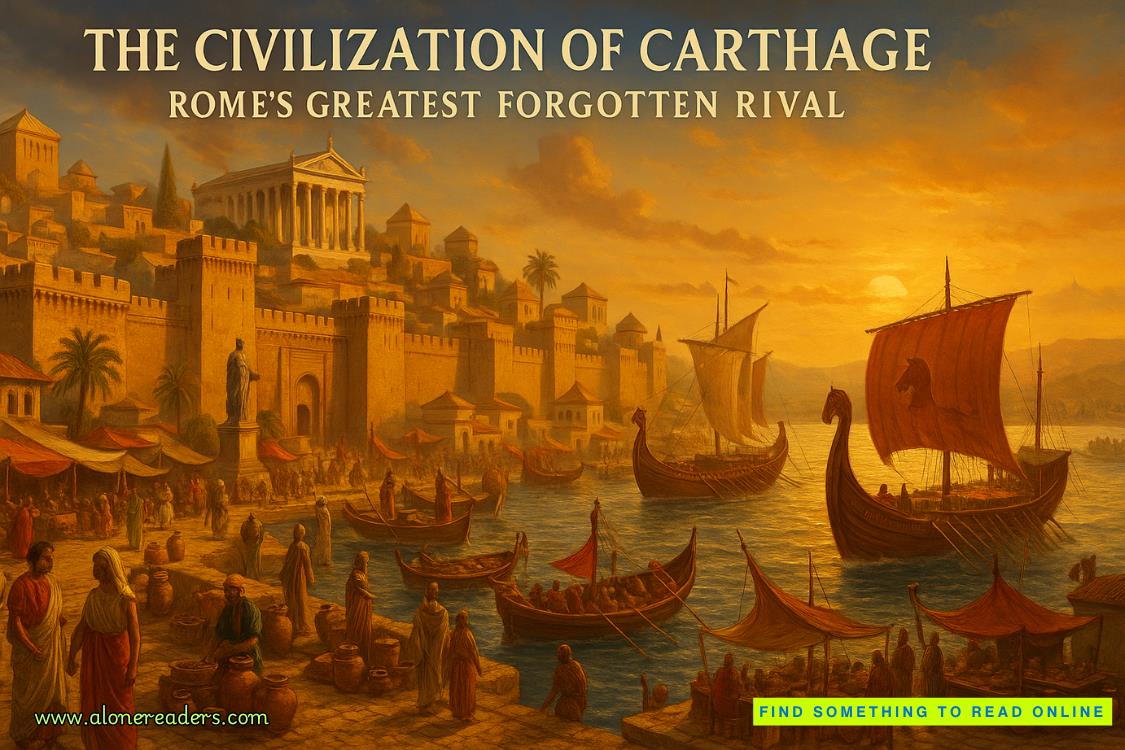Page 238 of Never
He switched to South Korean TV. It was broadcasting an air-raid warning alternating with news footage of people running for shelter in underground parking garages and the more than seven hundred stations of the Seoul Metropolitan Subway. The high-pitched whine of the siren sounded over the traffic noise. Kai knew that air-raid drills were held once a year, but always at 3 p.m., and as it was now late in the afternoon, the South Koreans knew this was the real thing.
North Korean TV was not broadcasting yet, but he found a radio station. It was playing music.
Back on the radar screen, the incoming ordnance was beginning to encounter anti-missile defences. The sight was oddly undramatic: two moving arrows, one attacking and one defending, met and touched, then both quietly disappeared, with no sound and no indication that millions of dollars of military equipment had just been smashed to pieces.
But it was clear to Kai that, as with every other missile assault, the defences were not impenetrable. It seemed to him that at least half the North Korean missiles and drones were getting through. Soon they would hit crowded cities. He switched back to South Korean television.
In between the air-raid warnings, the shots of city streets now showed something of a ghost town. There was almost no traffic. Cars, buses, trucks and cycles were parked where they had been abandoned by panicking drivers. Traffic lights at deserted crossroads changed from green to amber to red unwatched. A few people could be seen running, none walking. A red fire engine came slowly along a street, waiting for the fires to start, and a yellow-and-white ambulance followed. Brave people inside, Kai thought. He wondered who was shooting these pictures, and decided the cameras might be remotely operated.
Then the bombs began to fall, and Kai suffered another shock.
The bombs did little damage. They seemed to be loaded with very small amounts of explosive. Some burst in the air, fifty or a hundred feet up. No buildings collapsed, no cars blew up. Paramedics leaped from their ambulances and firefighters deployed their hoses, then they stood staring in bewilderment at the gently fizzing projectiles.
Finally, the emergency workers began to cough and sneeze, and Kai said aloud: ‘Oh, no, no!’
Quickly the people began to gasp for breath. Some fell to the ground. Those who could still move hurried to their vehicles to break out gas masks.
Kai said: ‘The motherfuckers are using chemical weapons.’ He was speaking to an empty office.
Another camera showed the scene in a Korean army camp. Here the poison seemed different: the soldiers were rushing to put on hazmat gear, but already their faces were turning red, some were throwing up, others were too confused to know what to do, and the worst-affected were on the ground, jerking in seizure. Kai said: ‘Hydrogen cyanide.’
In a supermarket car park, shoppers were jumping out of their gridlocked cars and trying to make it to the store, some with babies and children. Most were too late to reach the doors and they fell to the tarmac, mouths open in screams that Kai could not hear, as mustard gas blistered their skin, blinded their eyes, and destroyed their lungs.
The worst scene was at a US army base. There a nerve agent had landed. Many of the soldiers seemed to have been wearing protective gear already, a far-sighted precaution. They were desperately trying to help others who had not yet got around to it, including a lot of civilians. The stricken men and women were half blind, streaming with sweat, vomiting and twitching uncontrollably. Kai thought they must be exposed to VX, an English invention favoured by North Koreans as a murder weapon. It quickly led from agony to paralysis and death by suffocation.
Kai’s phone rang and he answered without taking his eyes off the screen.
It was Defence Minister Kong Zhao, who said: ‘Are you fucking seeing this?’
‘They’ve deployed chemical weapons,’ Kai said. ‘And maybe biological too – those act more slowly, we can’t tell yet.’
‘What the fuck are we going to do?’
‘It hardly matters,’ said Kai. ‘The only thing that counts now is what the Americans will do.’
DEFCON 2
ONE STEP FROM NUCLEAR WAR. ARMED FORCES READY TO ENGAGE IN LESS THAN SIX HOURS.
(THE ONLY TIME THE ALERT LEVEL HAS EVER BEEN THIS HIGH WAS IN THE CUBAN MISSILE CRISIS of 1962.)
CHAPTER 37
For a few moments, Pauline was paralysed by horror.
She had turned on the TV while she got dressed, but now she stood in front of the screen in her underwear, unable to look away. CNN was showing non-stop pictures from South Korea, mostly footage taken on phones and posted on social media, also Korean TV coverage, all of it showing a monstrous nightmare beyond anything conceived by the medieval painters of the Day of Judgement.
It was torture at long range. The poison sprays and gases attacked indiscriminately: men and women and children, Koreans and Americans and others. Those out of doors had been most vulnerable, but shops and offices had ventilation systems that sucked in some of the chemicals; and the deadly air could creep into houses and apartments, slipping silently around the edges of doors and windows. It had even drifted down ramps into the underground car parks where some people had taken shelter, causing horrific scenes of panic and hysteria. Gas masks did not offer complete protection for – as the more educated news reports pointed out – some of the lethal substances could slowly enter the bloodstream through the skin.
It was the babies and children that got to her: the screams, the desperate gasping for air, the burned faces, the uncontrollable twitching. It would have been hard to watch adults suffering so badly; to see children in such agony was unbearable, and she kept closing her eyes, then forcing herself to look.
The phone rang. It was Gus. She said: ‘How widespread is this?’
‘The three major cities of South Korea are affected – Seoul, Busan and Incheon – plus most US and Korean military bases.’
‘Hell.’
‘Hell is what it is.’















